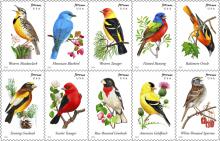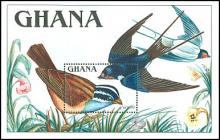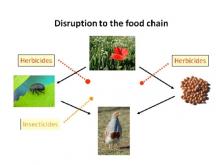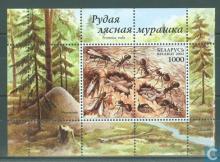Michael McCarthy: Fewer wasps to swat is a sign of an ecosystem in serious trouble
With summer gone at last after a blissful final fortnight of sunshine, I wish to advance a proposition with which many people may disagree: having fewer wasps around is not necessarily a good thing. In Britain, wasps are high on the list of nature’s unloved creatures. With their propensity to swarm around our picnics, seek out our sandwiches and then sting us painfully if we try to swat them away, the unpopularity of wasps is great and understandable. So if I say that the more common wasps are tumbling in numbers you may well give a hearty cheer. But I’m afraid I won’t join in, for this decline represents another facet of a very troubling phenomenon: the catastrophic crash of our insect populations over recent decades, almost certainly because of the amount of pesticides now used in farming.










